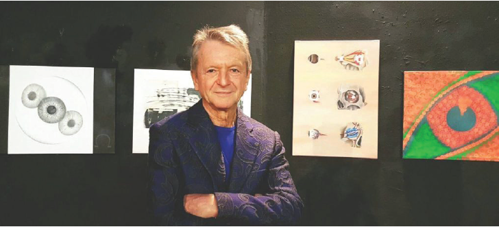A History of the Pseudophakic IOL

Pioneering cataract and refractive surgeon Dr Lucio Buratto will deliver this year’s ESCRS Heritage Lecture. His talk will cover the long arc of the history of the pseudophakic IOL.
The current Director of CAMO–Centro Ambrosiano Oftalmico in Milan, Dr Buratto has played no small part in the development of cataract and refractive surgery. He made history himself in 1989 as the first surgeon to use the excimer laser for intrastromal keratomileusis. He was also a pioneer in using PRK techniques to treat low myopia. In 1996 he introduced a new technique called “Down-Up LASIK,” which improved the LASIK procedure for the correction of myopia.
The innovator has performed live surgery sessions at more than 200 international congresses. He has also designed and produced 136 instruments for ocular surgery. He has authored many books, ranging from the essential LASIK: Principles and Techniques to his collaborations with Dr Richard Packard, The History and Evolution of Modern Cataract Surgery and The History of Refractive Surgery.
Dr Buratto’s lecture will be driven by videos—documenting the evolution of the pseudophakic intraocular lenses since Dr Harold Ridley implanted the first IOL in 1949 up to the present. After discussing aphakia and problems related to the correction with glasses, he will describe the design of the first IOL and why Dr Ridley implanted the IOL in the posterior chamber.
The lecture then finds Dr Buratto as a tour guide through a time machine of videos, with stops along the way to consider how cataract surgical techniques and IOL technology evolved. The road was not always smooth, as new techniques and devices brought new problems. He will discuss how these problems were solved.
The lecture will answer many questions, such as:
- Why was Ridley’s disc lens later abandoned by Ridley himself?
- Why did Strampelli and Barraquer—and subsequently Dannheim and Choyce (among others)—design and implant anterior chamber IOLs?
- Why did Epstein, Binkhorst, and then Fyodorov decide to fix the IOL to the iris?
- Why did Binkhorst and Worst decide to fix the IOLs with sutures? And why then to switch from ICCE to ECCE to fix the IOL to the capsular leaf?
- What’s next?
